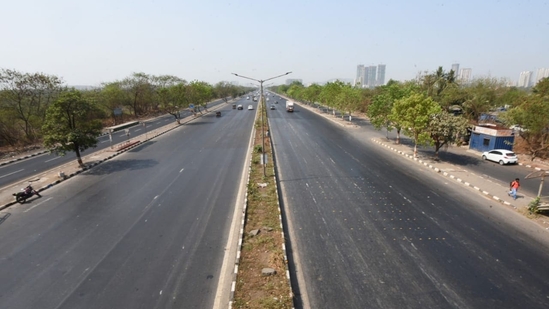Cabinet approves ₹3653 crore Badvel-Nellore Corridor in Andhra Pradesh | 5 facts about project

May 28, 2025 06:32 PM IST
The Centre said the project will generate about 20 lakh man-days of direct employment and 23 lakh man-days of indirect employment
The Cabinet Committee on Economic Affairs, chaired by Prime Minister Narendra Modi, on Wednesday approved the construction of a 108.134 km long Badvel-Nellore Corridor at a cost of around ₹3653.10 crore.

Also read | Naidu’s defence hub pitch inappropriate, says minister amid reports of Andhra’s bid to shift HAL to Andhra
Key features of Badvel-Nellore Corridor
- The new 4-lane corridor starts from Gopavaram Village on the existing National Highway (NH)-67 in the YSR Kadapa District and ends at the Krishnapatnam Port Junction on NH-16 (Chennai-Kolkata) in SPSR Nellore District.
- As per a government release, the Badvel-Nellore Corridor will provide strategic connectivity to the Krishnapatnam Port, which has been identified as a priority node under the Chennai-Bengaluru Industrial Corridor (CBIC).
- Travel time to the Krishnapatnam Port is expected to be reduced by an hour as the corridor will be cut distance to the port by 33.9 km from 142 km to 108.13 km as compared to the existing Badvel-Nellore road.
- Additionally, the corridor will ease accessibility to important nodes in the three Industrial Corridors of Andhra Pradesh, i.e., Kopparthy Node on the Visakhapatnam-Chennai Industrial Corridor (VCIC), Orvakal Node on Hyderabad-Bengaluru Industrial Corridor (HBIC) and Krishnapatnam Node on Chennai-Bengaluru Industrial Corridor (CBIC).
- The Centre said the project will generate about 20 lakh man-days of direct employment and 23 lakh man-days of indirect employment.
New Railway projects
The Cabinet Committee on Economic Affairs has also approved two railway multi-tracking projects to make passenger and goods transport smoother and faster across the railway network. These projects will cost about ₹3,399 crore and are expected to be finished by 2029-30.
According to the Centre, the aim of the project is to make travel more convenient, cut logistics costs, reduce oil imports, and lower carbon emissions — all supporting a more sustainable and efficient railway system. These upgrades are also expected to improve supply chains and help boost economic growth.
















